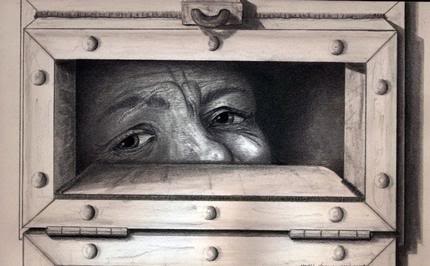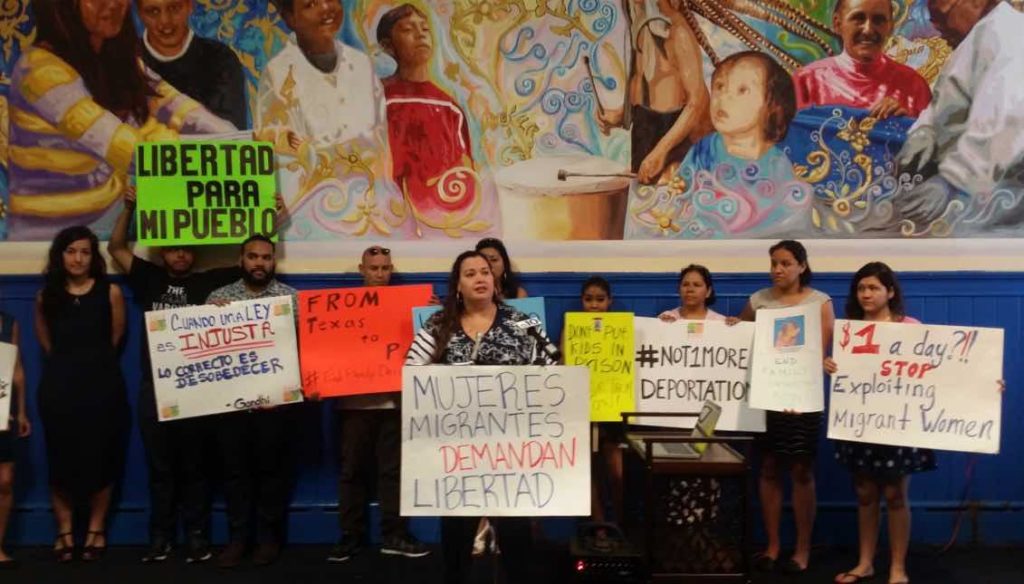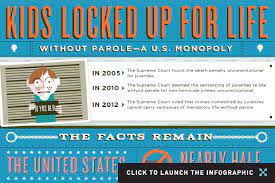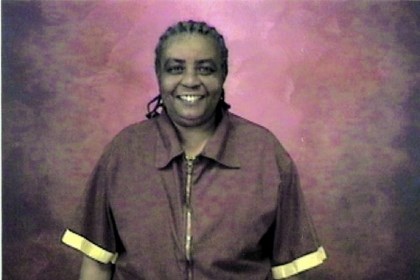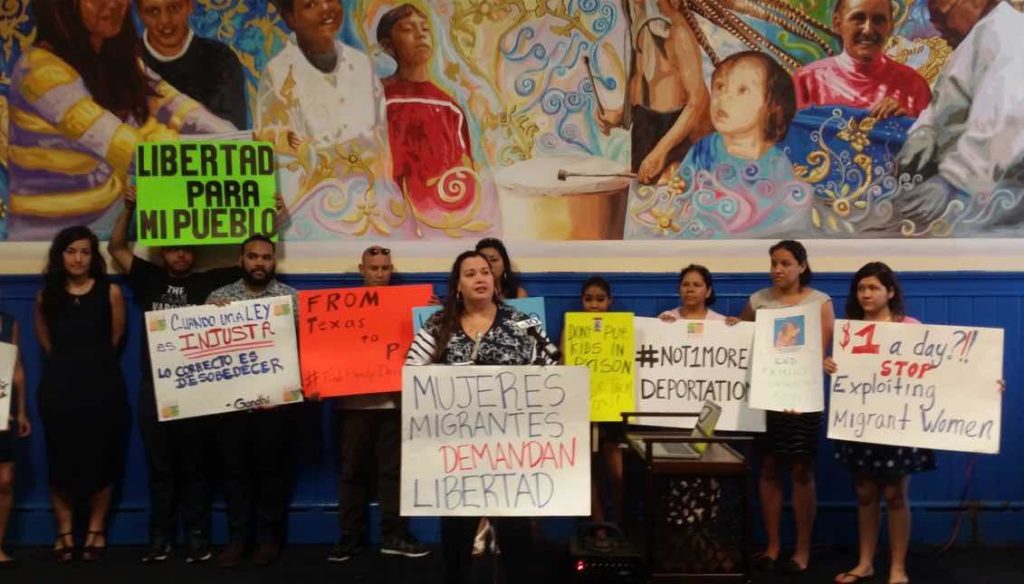
The United States built a special hell for immigrant women and children, Berks Family Detention Center. While U.S. immigration policy has swung between hang-em-high and hang-em-higher, the one constant since 2001 has been Berks Family Detention, which from the beginning has been criticized for inhumane treatment and general brutality towards its prison populations, largely women and children. Last year, the women inside Berks turned up the heat, and the Center’s license was revoked. That hasn’t mean the prison closed, though. It continues to operate, without a license, while appealing the decision. Meanwhile, the brutality continues. The most recent turn is an outbreak of what could be shigellosis, which would be particularly dangerous for children. Despite documented symptoms, the Center has refused treatment. The response of ICE has been, “Go back to where you came from.” Increasingly poor health and more and more damaged bodies is part of the plan, especially for immigrant women and children.
A mother of a five-year old daughter wrote, “My daughter has been having diarrhea for about three weeks now and we went to see a doctor but they did not give us any medication not even serum. With every passing day her behavior is getting worse and the psychologist just tells me to be patient. I need you to give me the adequate medication and that you give me the opportunity to take my case outside of here. I am not a criminal. You gave the opportunity to other persons that have been deported to leave, why did you not give it to me. It has been more than four months that I have been detained.”
ICE responded, “Thank you! You may dissolve [sic] your case at any time and return to your country. Please use the medical department in reference to health related issues.”
You may dissolve your case at any time and return to your country, which means, “Die here, in custody, or at home. It’s all the same to us, and thank you! Have a nice day.”
This week, mothers inside Berks petitioned to be heard, concerning the license issue and more. They want to describe the conditions inside and the impact on their children and on themselves. According to Pennsylvania State Senator Daylin Leach, “As the minority chairperson of the Senate Judiciary Committee, I am intimately familiar with lawful and appropriate detention conditions and protocols. While the Berks facility is not a state prison under my purview, it is a facility in our Commonwealth that is currently holding human beings, including children, against their will in conditions that seem negligent, abusive, and tragic. Though the legal status of the facility is in question, the treatment of human beings should not be.”
The treatment of human beings should not be in question, but it is. The very humanity of human beings, Central American women and children, is continually denied and diminished, by the “humane treatment” of Berks Family Detention Center. Berks is a prison designed as a house of the dead, with a cheerful “Thank you!” over its entrance door.
Last month, thirty mothers in Berks wrote an open letter: “Our children have suffered psychological damage, and many of them have suffered health-wise, because of this confinement, and not to mention the racist abuse and poor treatment from certain members of the staff in this detention center, but especially by the agents of ICE that play and mock our dignity as immigrants. We came here seeking refuge. We came to this country to save our lives and the lives of our children.”
They came as refugees and were dumped into cages, where they were told to rot or return. This is the syntax of asylum: you may dissolve your case at any time and return to your country. #Not1More #ShutDownBerks #SetHerFree
(Photo Credit: vamosjuntos.org)

